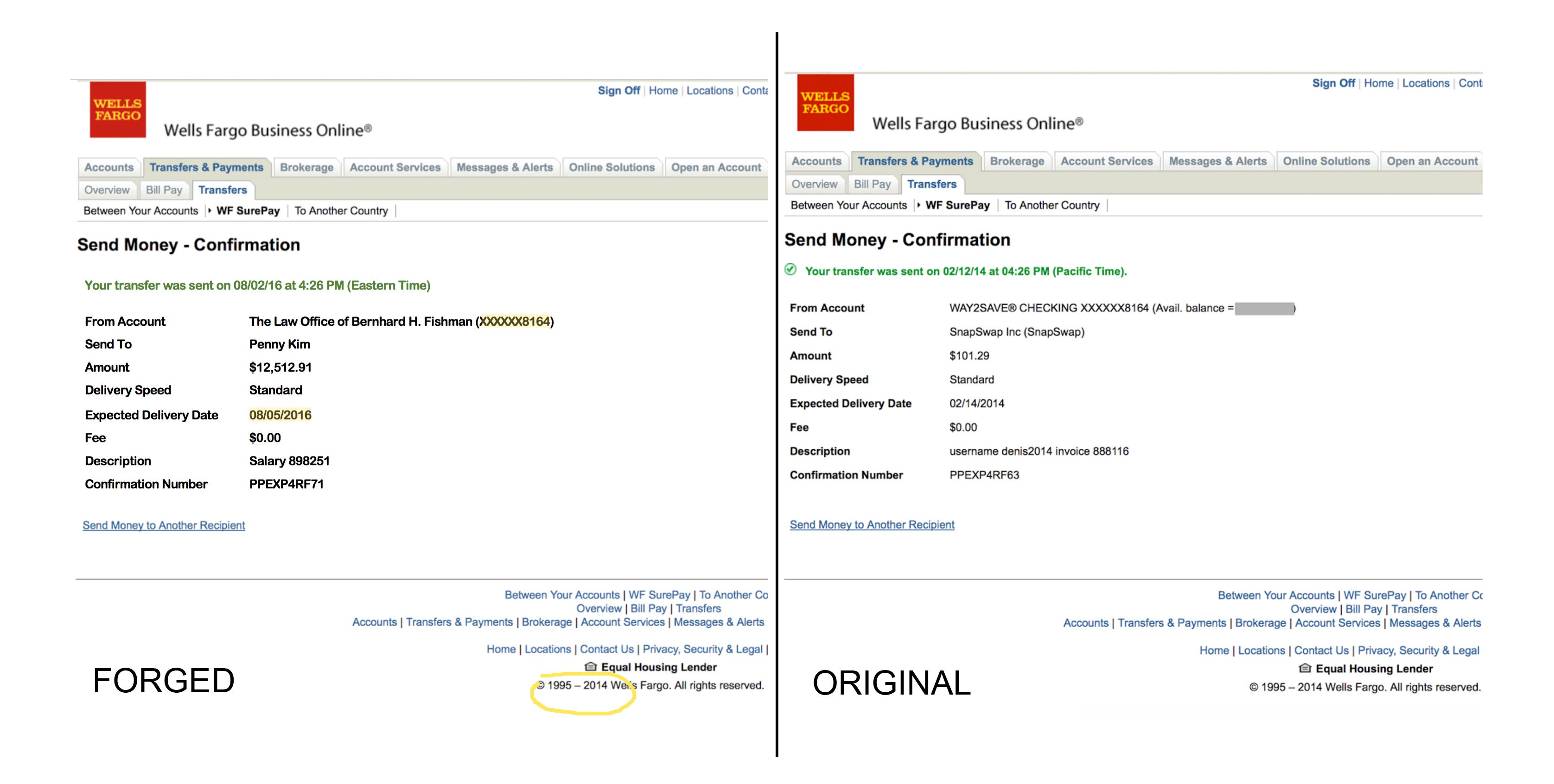


They identify a specific Canadian bank and branch where a payment will be sent. Transit numbers are 9-digit codes used in Canada for electronic funds transfers. These are not required when making payments outside the United States. Routing numbers are 9-digit codes used in the US to identify banks when processing domestic ACH payments or wire transfers. Sort Codes are 6-digit numbers used for domestic transfers in the United Kingdom which identify the bank and the branch where a bank account is held. They're mainly issued by banks in the Eurozone, but other countries are starting to adopt them as well. IBANs are international bank account numbers that identify the country, financial institution, and individual bank accounts. Unlike routing numbers, these codes are used for international payments. SWIFT / BIC codes are 8 or 11-digit codes that uniquely identify banks and financial institutions worldwide. What exactly are these acronyms, and what are they used for? Well, all of them seemingly do much of the same thing which is to help banks identify where your money needs to go when being transferred, but each is required in specific situations because different countries and banks have different processes and requirements. If you're planning to send or receive money through your bank, you will likely come across unfamiliar terms such as routing number (ABA), SWIFT / BIC code, IBAN, and sort code. How are SWIFT / BIC codes, IBANs, sort codes, and routing numbers different?


 0 kommentar(er)
0 kommentar(er)
